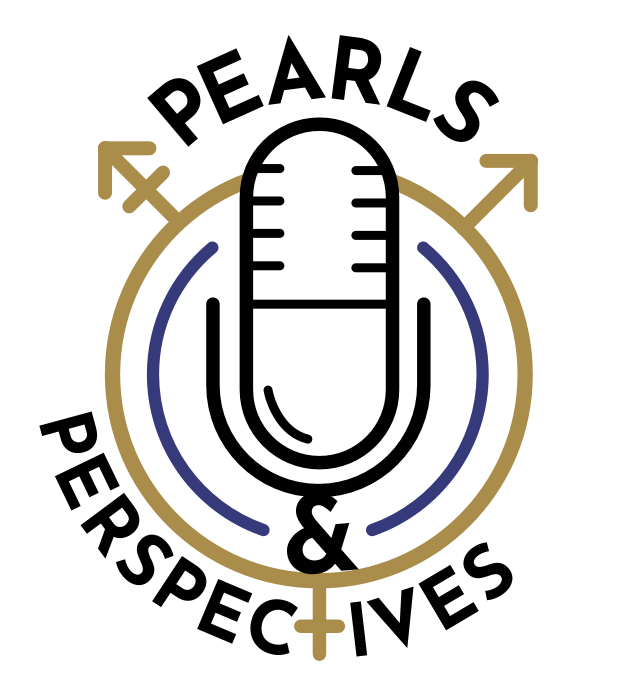Opinion
Video
Investigators evaluate fertility outcomes in Hispanic men
Author(s):
"When we reviewed the data, we noticed a large difference in outcomes based on ethnicity," says Devon M. Langston, MD.
In this video, Devon M. Langston, MD, and Joshua J. Horns, PhD, describe the background for the Urology study “Hispanic Ethnicity and Fertility Outcomes.” Langston is a urology resident at University of Utah Health in Salt Lake City and Horns is a biostatistician at University of Utah Health.
Transcription:
Please describe the background for this study.
Langston: The origin of this project is that we wanted to query the Utah Population Database for differences in fertility outcomes based on patient demographics to try and identify any disparities that we could see in fertility outcomes based on patient demographics. And we thought to do this because historically, literature investigating the cause of infertility for couples was primarily gynocentric, so focused more on female factor infertility. And the evaluation and treatment of male reproductive health is equally as critical to its understanding, and maybe I'm biased as a urology resident. But given that male factor fertility contributes to almost 50% of all of the fertility in couples, we thought it was imperative to understand why this is occurring. So when we reviewed the data, we noticed a large difference in outcomes based on ethnicity. Interestingly, the Andrology Research Consortium's most recent reports on about 6500 men found that racial differences existed. They found that non-White races sought infertility evaluation later, and were less likely to self refer for fertility evaluation. And so we wanted to see if this was reflected in our database as well.
Horns: We're able to do this study thanks to this really unique data resource, the Utah Population Database. This is a sort of data set that almost exists nowhere else in the world. It covers just about every resident in the state of Utah, and has information about their demographics, their residential history. It ties into the 2 main health care providers in the state, so we can look at people's health care encounters. It ties into things like birth certificates, so we can tell who's related to who and who has children when and who their partner was. It ties into lots of other databases, things like the Utah Cancer Repository, the Utah Birth Defects Network, so we can really track how diseases exist throughout the state in different demographics and in different families and in different sorts of environmental conditions.
This transcription was edited for clarity.

















